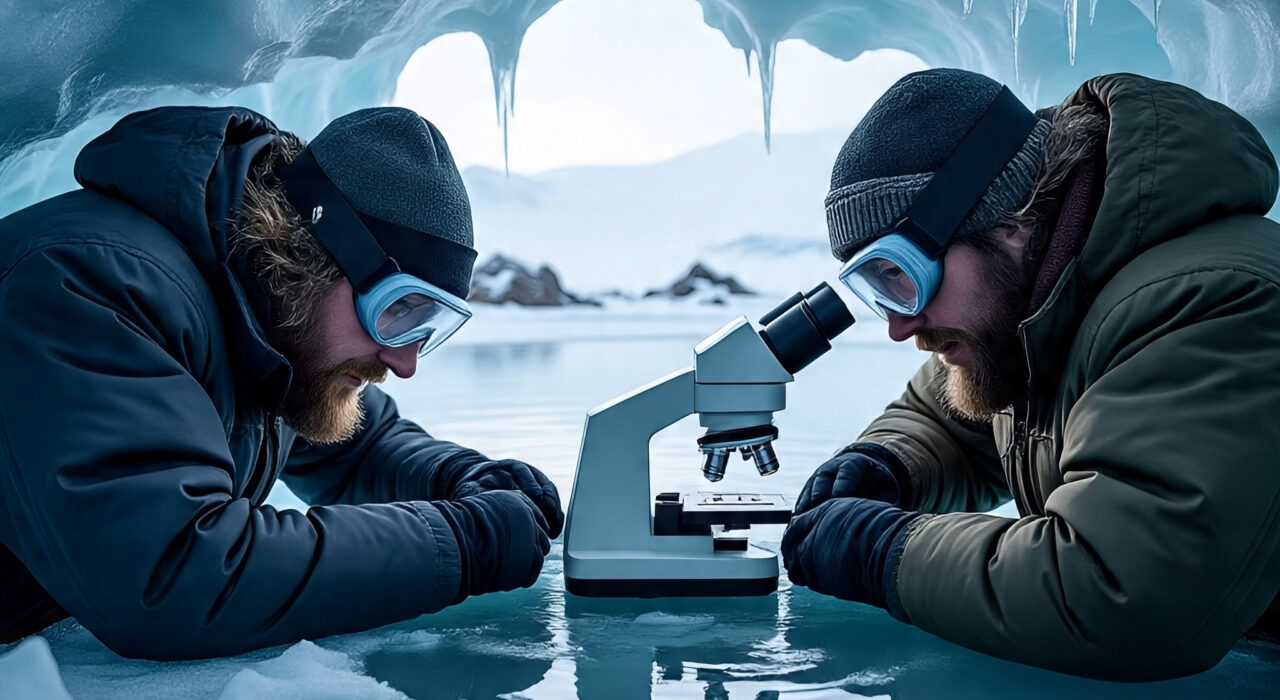Hidden Antarctic Lake Teems With Surprisingly Adaptable Microbes
Beneath more than a kilometer of Antarctic ice lies a dark, icy world that few thought could support much life. But a new study shows the microbes living there are anything but ordinary.
By analyzing the genetic blueprints of nearly 1,400 microbes from Lake Mercer, researchers found these organisms are “evolutionarily distant from any other known microbes,” according to a study published August 18 in Nature Communications.
West Antarctica hides more than 600 buried lakes, but scientists have only sampled two so far. Earlier work suggested microbes under the ice were similar to those found elsewhere. This new analysis tells a very different story.
“They are specialists” at surviving beneath glaciers, said Kyuin Hwang of the Korea Polar Research Institute. These tiny survivors likely adapted to Antarctica’s frozen conditions millions of years ago. Many are so versatile they can live with or without oxygen, feed on dead organic matter, or even make food from carbon dioxide by pulling energy from iron and sulfur in crushed rock.
“This versatility is what allows them to survive,” added microbial ecologist Hanbyul Lee. In this harsh, nutrient-starved environment, microbes may divide only twice a year—yet they endure, proving life can thrive in the most unlikely places.






